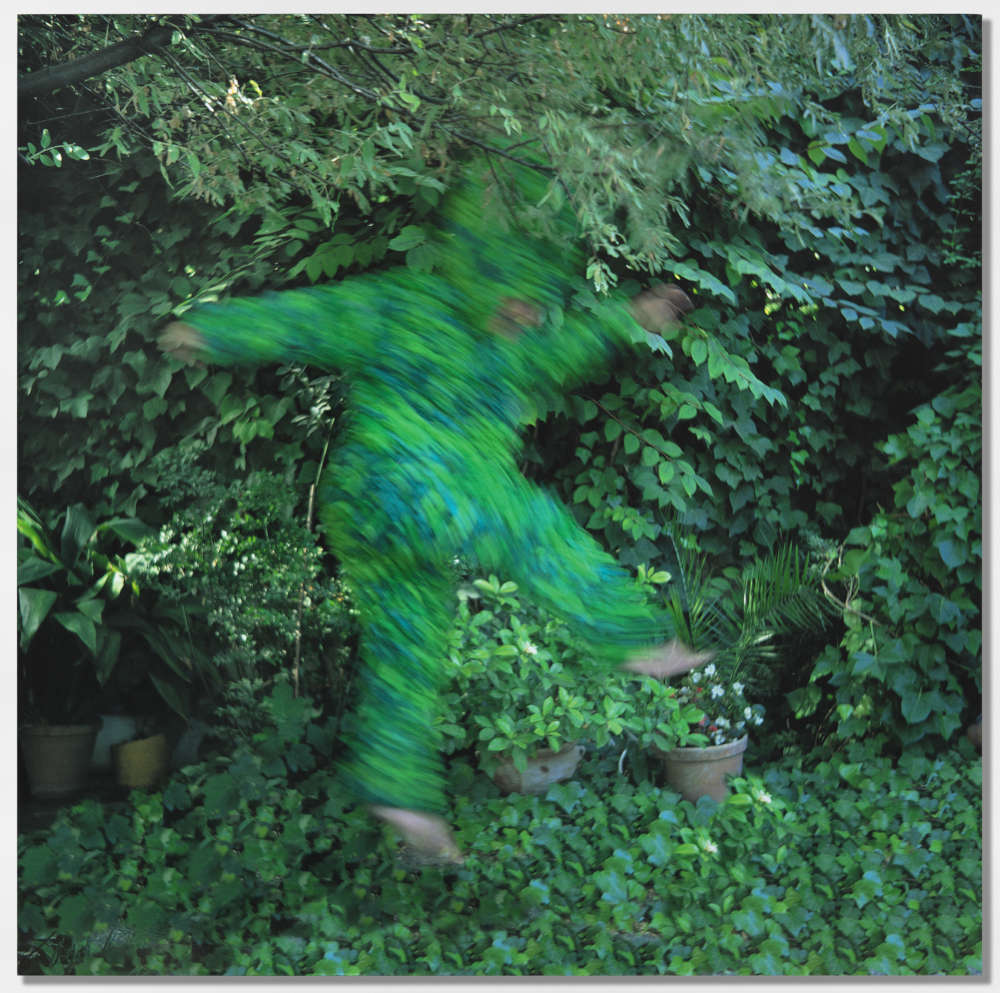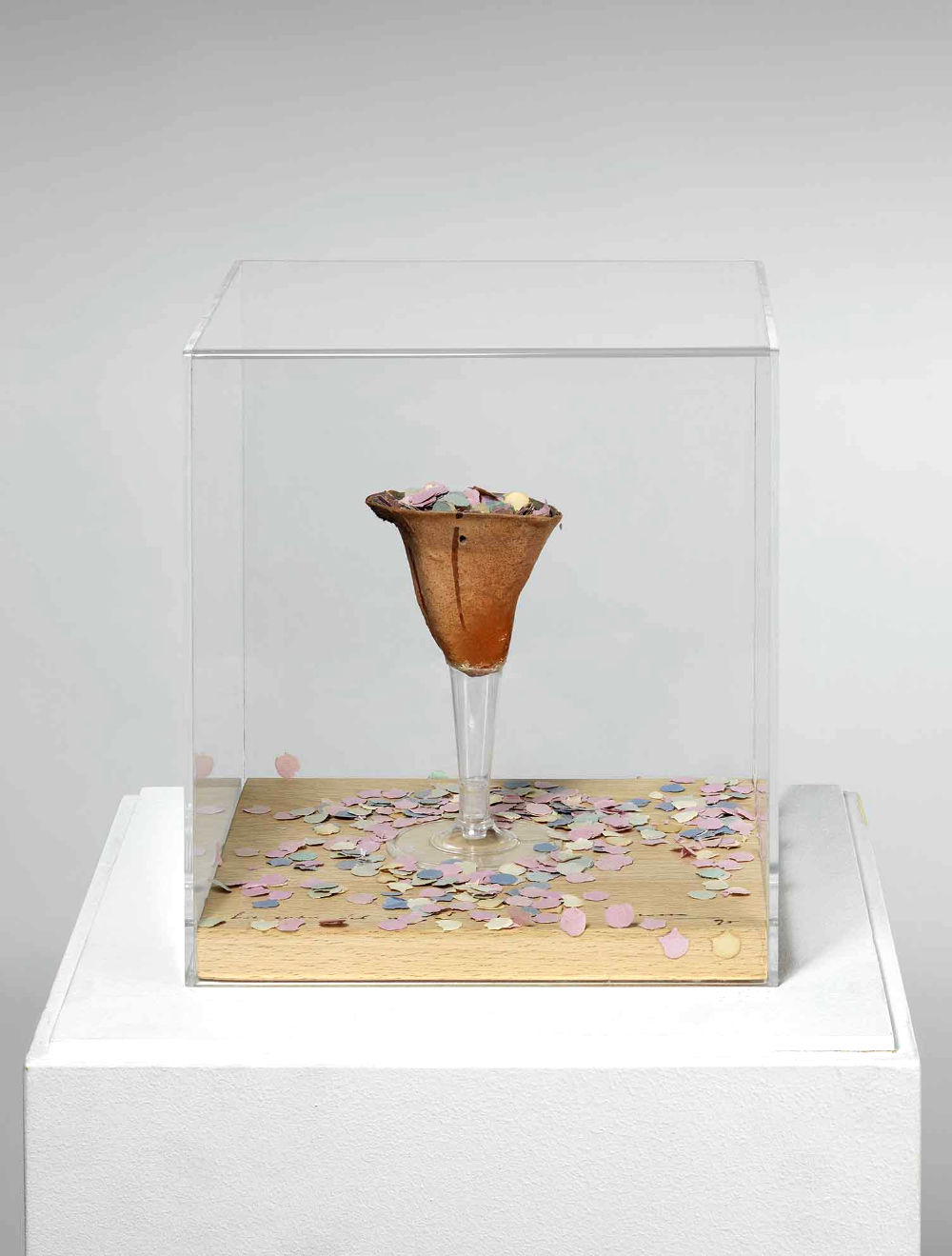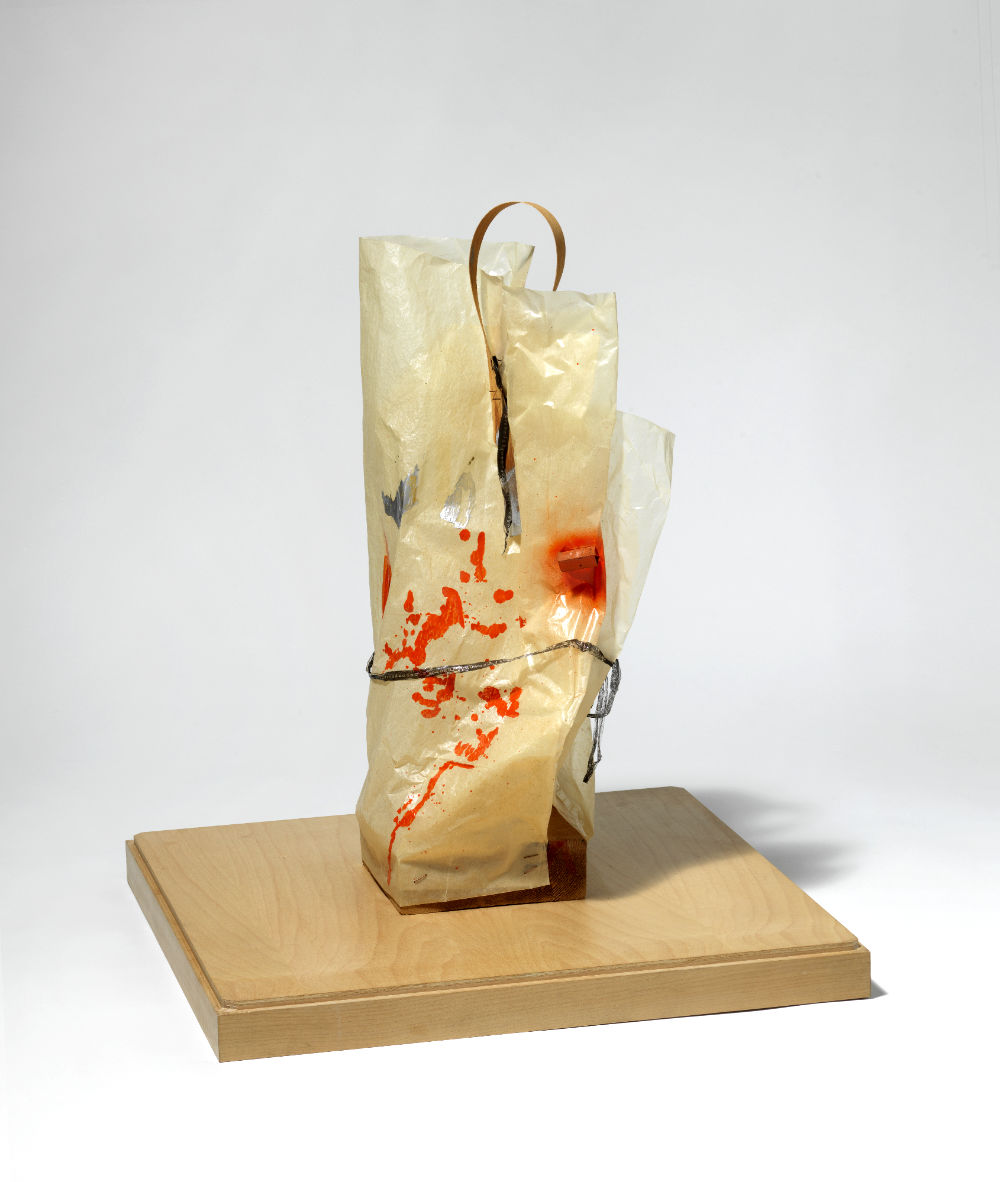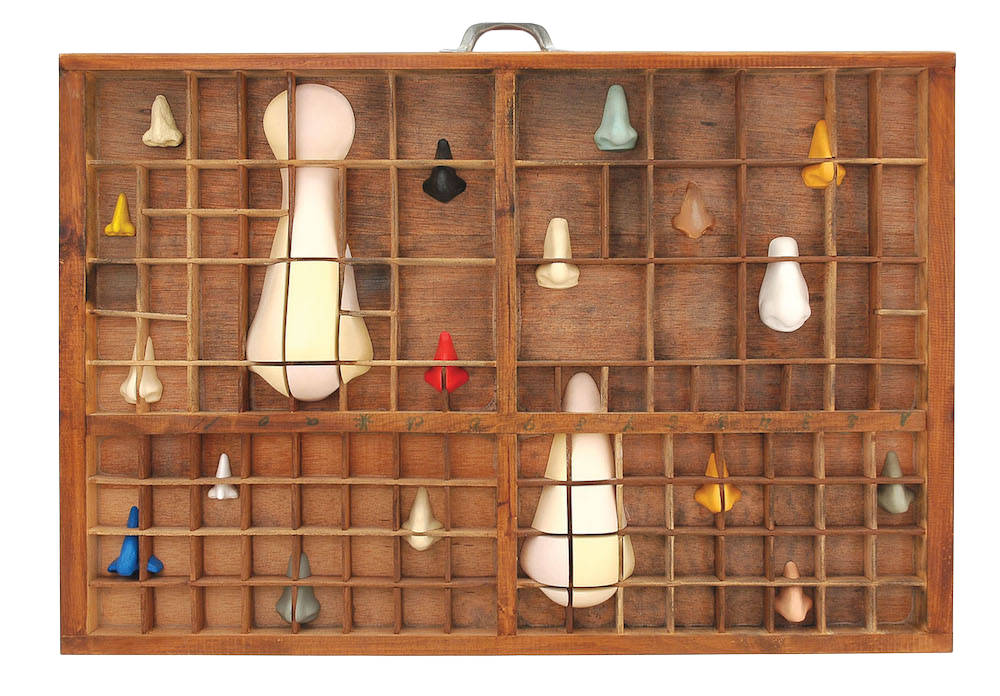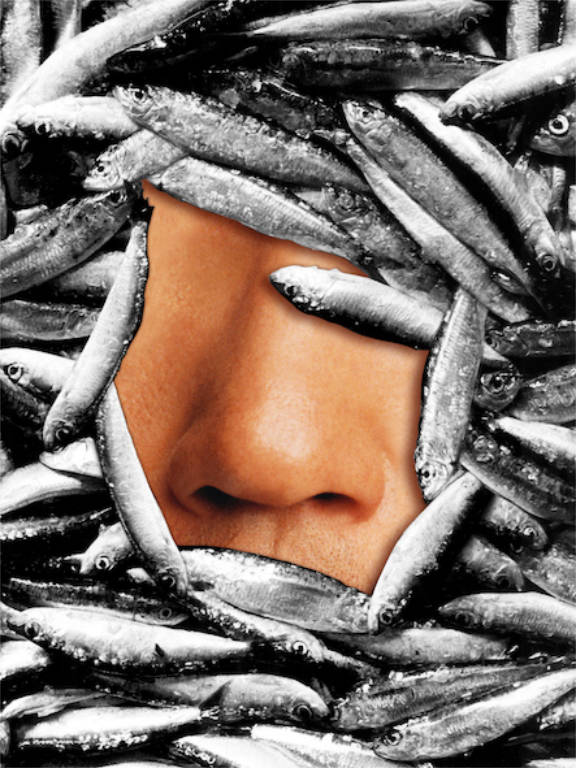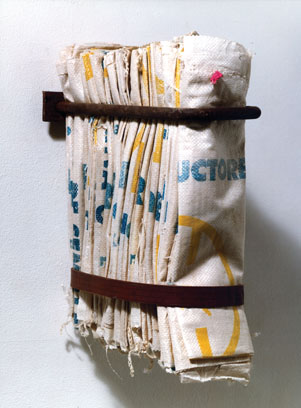
Explanatory account
In recent years, the way I conceive of my work has been closely linked to the Ebro Delta, both as a natural environment chosen for its physical qualities and as a territory that has influenced and conditioned me.
From the outset, the aim has been to arrive at a symbiosis between art and nature, with the intention of unifying efforts under a single purpose and channelling them towards the same interest: “man seen through nature”. The effort will therefore consist in finding a point of inflection where the barriers between the two are annulled, a terrain or instinct can do more than culture. The objective is not to alter the conception of the landscape, but to subject it to the desires of nature itself, structuring it, seeking direct, emotional contact that can transmit a real experience and discard a romantic vision, since I am not so much interested in its representation as in its essence. While we can speak of an opposition to the elements already established by time and geology, the main concern in addressing these situations has been to differentiate the physical memory of nature (its interrupted occurrence as a natural intervention in itself) and the account that as an artist I have projected onto the physical features; an interval in which all kinds of tensional (times, temperature, pulsations …) and connotational (human, ecological, social …) processes take place.
The physical attributes I engage with give the work a strong meaning, through which the visual message that each of them gives it is revealed. Thus, the archaeological purpose of recovering objects is totally uncoupled from the discourse on the objectivity of the object, while at the same time that we find it devoid of the ironic and random content of the esthétique du déchet. This being so, I feel that my objectual conception is closer to informalism, to be more pictorial, where collage and the assemblage of elements are means of presenting the motifs; that is, an extension of real textures and reliefs. The contribution I attempt to make to the object is close, then, to the dialogue that is established between the suggestive power of the form and my deep need for creation. It will be in this profound subjectivity that the discourse of the artist-subject is generated from the body-object disposition in order to achieve, through the syntax of composition, the transformation of the diversity of form into a single existential unit.
Thus, the work that concerns us here does not aspire to anything other than the appearance of a certain fragment of a certain landscape (manifested by the accumulation of sacks), which it uses and manipulates with the intention of being able to evoke the following contents:
The environment: As an ephemeral, aggressive, determining, illusory, “existential” component.
The culture: As a social, historical and contemporary fact (what it has been and what it is), offering a symbiosis between system and survival. The social world can be an ecological protest and the industrialization of culture can take place.
The work: As an image poem. Use of formal elements, found and produced, to highlight a humanistic component through the interrelation established between art and life, and by extension the reflection of a social world.
The intentions: By derivation, the work becomes a personal allegory and metaphor. With the ideas of times and of space, objects appear, creating tensions and vital centres, internal pulsations and connotations, personal concepts (intimacy).
RESOURCES USED:
Earth: Context, roots, genesis, beginning and reality.
Wall: Support.
Sacks: Landscape, allegory, desire.
Belt: Pulsation. Tension.
Marinades: Organic or chemical elements that the earth needs to survive in the long term in order to recover its vital and aggressive character: “Man depends on the earth” (the earth follows its natural course).
Time: Interval.
Social connotation: Use of social arguments as key elements of a contemporary situation. Ecological, social and human issues.
Manel Margalef
